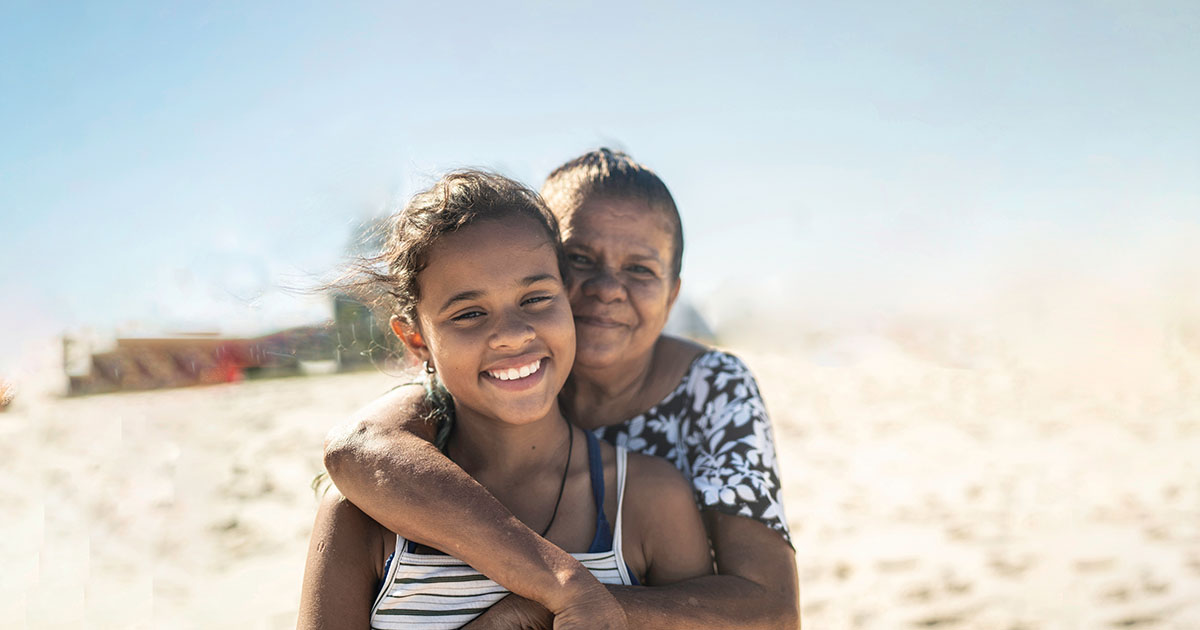Federal Budget helps homeless, but vulnerable Australians will still slip through the cracks
- Details
Early this year, the homelessness sector was once again on tenterhooks. After another short-term rollover of the National Partnership Agreement on Homelessness (NPAH), we waited in suspense to see whether there was any truth in the rumours that the Government might scrap the National Affordable Housing Agreement (NAHA) without any replacement.
Post-Budget, we can breathe a sigh of relief – at least on this front. During Scott Morrison’s address, the Treasurer announced $375 million for a permanent extension of homelessness funding with the new National Housing and Homelessness Agreement (NHHA). This is to replace the NAHA and the NPAH and retains current funding levels with some indexation.
Having joined in the sector’s chorus advocating for sustained homelessness funding for many years, I am pleased to see that our voices have finally been heard. Now, vital homelessness services will receive ongoing investment, without the annual uncertainty.
This welcome announcement will equip Mission Australia and other community services to ensure thousands of vulnerable people will have continuity of supports needed to prevent falling into homelessness, or to move quickly out of homelessness when it does occur.
But, Mr Morrison’s Budget failed to offer adequate assistance for the 657,000 low income households living in rental stress.
He largely ignored the fact that a growing number of people struggling to make ends meet are finding it increasingly challenging to find affordable rental accommodation in our cities and regional areas, let alone aspire to buy their own home.
These families and individuals are just one step away from homelessness. And those receiving Newstart and the age pension are often hard pressed to find a safe place to call home that is also within their means.
There just aren’t enough homes that are affordable for the people who need it most. While the Budget’s bond aggregator model and the 60 per cent capital gains tax discount incentive will make positive inroads to kick start investment in affordable housing; on its own, it simply isn’t enough. I was also disappointed that there was no direct investment in social housing in sight, despite ever growing waiting lists.
We know there’s a severe shortage of affordable homes for low-income Australians and more than 220,000 people on social housing waiting lists across the country. We must have further Government investment to increase the pipeline of affordable and social housing, as well as to meet the “yield gap” and make below-market housing sustainable. Commitment to a national target of 200,000 new social and affordable housing properties by 2025 is essential.
I was also concerned to hear that vulnerable Australians could be hit with the proposed welfare demerit system – penalising people in already precarious situations, and pushing them further down the line toward homelessness.
In our services we see many clients, including many families with young children who are living below the poverty line. Families needing to choose between paying the rent and putting food on the table. Mums, children and teenagers choosing between escaping violence or staying in an unsafe environment. Older women facing eviction after yet another rent increase.
The inadequacy of social security payments is a major hindrance for job seekers finding work, particularly in this extremely tough job market – where only one job is available for every 10 people who are unemployed or under-employed. Cutting people off from income support puts them in a completely untenable position and at the mercy of the availability of other community supports. By removing the welfare safety net, we not only demonise the poor, but push them further into poverty.
Community services across Australia are already buckling under demand – and this measure would only place more pressure on already stretched services. We hope the Government has heard the resounding concerns from the sector about the impact of welfare crackdowns and properly reviews and consults on any proposed measures to ensure that they are not further disadvantaging the most vulnerable Australians.
It is unacceptable that more than 100,000 Australians are homeless on any given night – which is enough people to fill the Melbourne Cricket Ground. And when the most recent 2016 Census figures are released later this year, we expect these figures will only continue to climb on their upwards trajectory.
We must come together as a nation and make a concerted effort to tackle homelessness. Governments and community partners at all levels must continue to prioritise working together and investing in the homelessness services that work and affordable and social housing if we are to make any ground on halving homelessness by 2025.
We now have commitment to a permanent national funding agreement and while this is a victory in the face of recent rhetoric, it merely maintains current funding levels. We need greater investment to reduce homelessness, including through the provision of social and affordable housing, to improve people’s lives and ensure they can journey safely to independence.
Read more about our 10 step Action Plan to Reduce Homelessness.

James Toomey
Executive Operations and Fundraising,
Mission Australia
@JamesBCToomey
Related media releases
Read about what we’ve been working on, our stance on important social issues and how you make a difference to vulnerable Australians' lives.



